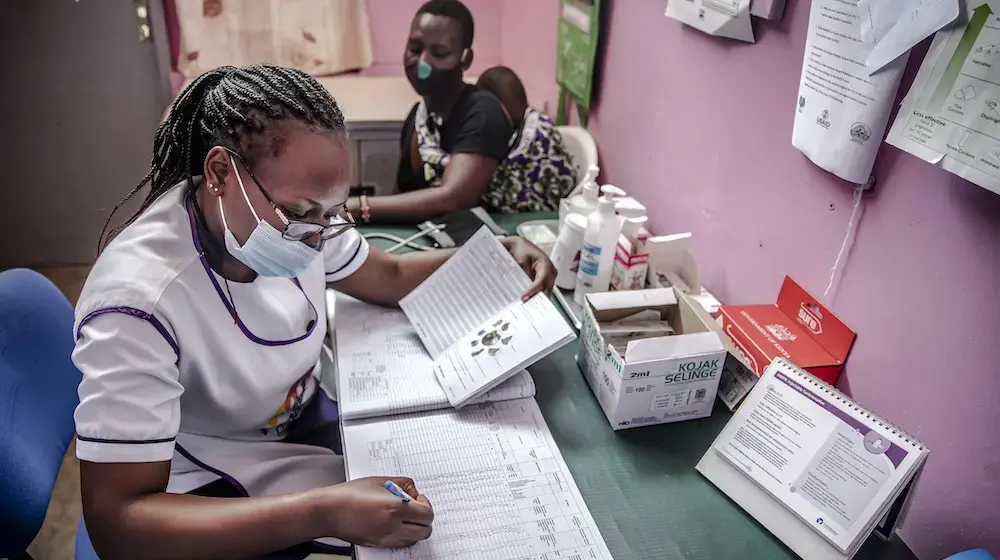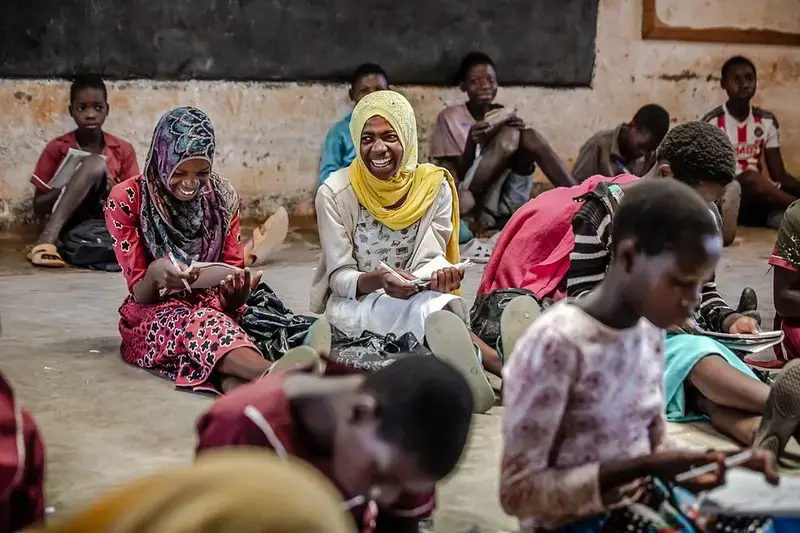Opinion editorial by Khumbize Kandodo Chiponda, Minister of Health for Malawi; Elias M. Magosi, Executive, Secretary of SADC; Beatrice Mutali, Deputy Regional Director, UNFPA East and Southern Africa; and Jonathan Gunthorp, Executive Director at SRHR Africa Trust
The COVID-19 pandemic has revealed that without good health care there can be no socio-economic development nor economic growth, and that data is important to monitor progress and trends in advancing the health and well-being of nations.
As nations make efforts to achieve the Sustainable Development Goals (SDGs), data is key in measuring where we are succeeding in meeting the needs and aspirations of our people, including their sexual and reproductive health needs, and where we need to improve.
Mindful of the importance of data in monitoring progress and trends in advancing the health and well-being on nations, the Southern African Development Community (SADC) Ministers of Health developed a SADC Scorecard on sexual and reproductive health and rights (SRHR) in 2018, to track progress on achieving the targets of the SADC SRHR strategy and the SDGs. The SADC Scorecard on SRHR tracks progress through clearly defined milestones that Member States use to report every two years.
The 2021 SADC SRHR milestone scorecard indicates that the region continues to make tremendous strides to reduce new HIV infections and mother-to-child transmission of HIV. Most SADC Member States have reduced the adolescent birth rate, and our young people across the region are benefitting from the provision of comprehensive sexuality education provided in schools.
These gains demonstrate that our collective investments and those of our development partners, in expanding HIV prevention and treatment, and in ensuring that young people have access to comprehensive sexuality education, are paying off.
We have also made progress in closing the gaps in the required number of health-care workers available to serve our people, and this is despite COVID-19 dealing a devastating blow to the health workforce, with many frontline workers succumbing to the pandemic.
The scorecard acts as an early warning system. It shows that, while declining rates of new HIV infections are a cause for celebration, we need to redouble our prevention efforts. We cannot rest on our laurels while women in the SADC region continue to die of preventable causes, including as a result of unsafe abortions. Neither should we accept that many women in the region, including adolescents and young women, have unintended pregnancies as their need for family planning remains unmet.
Our region has one of the highest rates of cervical cancer, yet many countries fail to ensure that their adolescent girls are vaccinated against the human papilloma virus, the leading cause of cervical cancer, to protect their health in the future.
The scorecard is a reminder that Member States should do more to strengthen data collection to allow for better monitoring and reporting. As a region, we continue to rely on large population-based surveys to provide data, but these are not conducted frequently enough for us to keep track of the progress being made. In critical areas such as gender-based violence and abortion, data is sparse which unfortunately undermines effective programming.
Similarly, the lack of data disaggregated by age and gender means that the region is unable to determine those being reached and those left behind. In particular, we need to expedite digitalization and reap its intended benefits as we progress towards digital health monitoring and information systems to improve efficiency and efficacy of health delivery.
As leaders in the health sector, we remain committed to working with Member States to invest in the health and well-being of our people. At the recent Ministers of Health Meeting in Malawi, it was agreed that all Member States supported by our development partners, should analyse their data in the scorecard and develop country roadmaps, to accelerate our combined efforts to achieve the SDG targets.
Further, we agreed that SADC should harmonize our M&E indicators, including age and gender disaggregation. This will allow us to monitor and compare progress across all Member States, and to explore ways in which we can benefit from advances in digital technologies to strengthen health delivery.
Let us keep in mind that behind all the numbers are people – our mothers, sisters, brothers, fathers, and children, who represent both present and future generations of our region. In our drive to achieve the targets of the SADC SRHR strategy and the SDGs, we must work harder and smarter. We must put our people at the centre of everything we do, so that they can live healthy and productive lives, and contribute towards the overall economic health and well-being of the region.
This opinion editorial was first published by the Daily Maverick.





